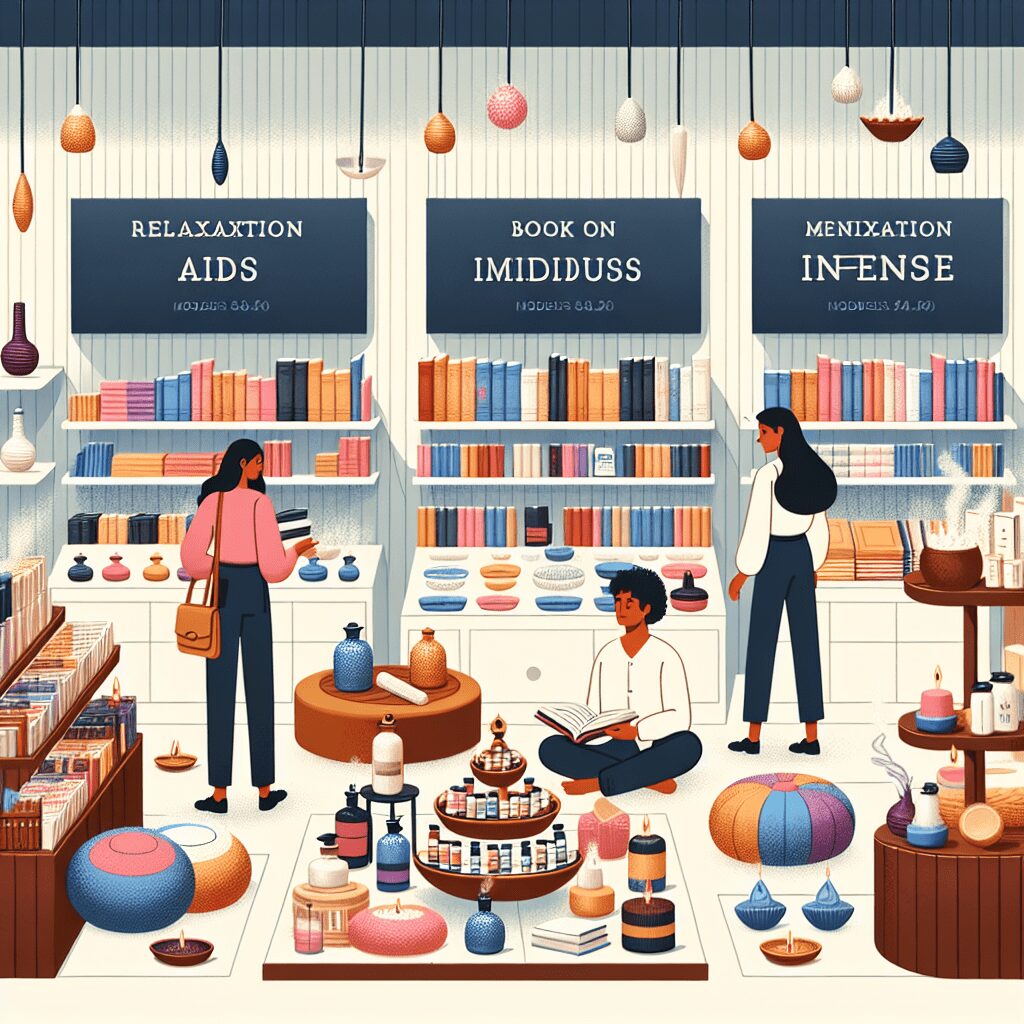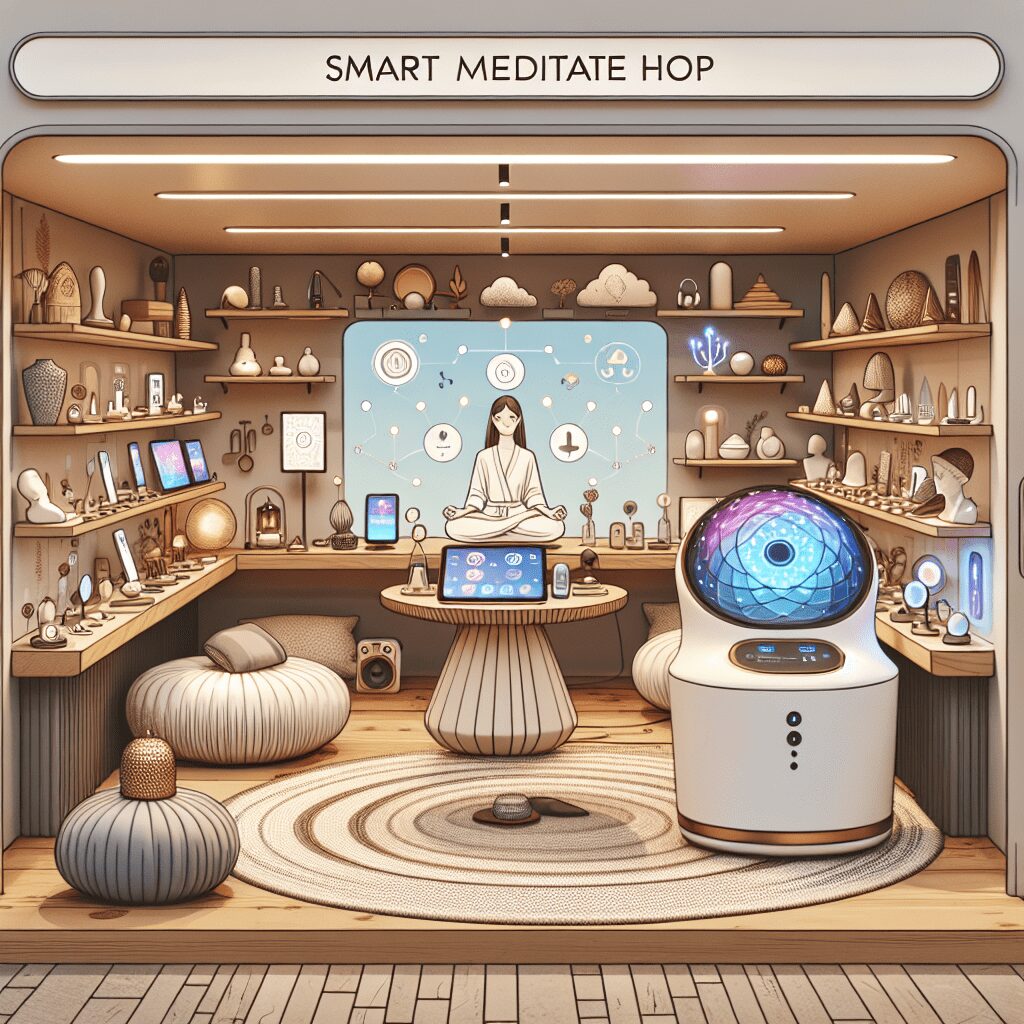
Prioritize your mental well-being daily. Enhance your life by nurturing your mental health with the Smart Meditation app. Break free from stress, alleviate anxiety, and enhance your sleep quality starting today.
How To Antidepressants Work?
Unlocking the Mystery of Antidepressants: A Deep Dive Into Their Mechanism
In the perplexing world of mental health, antidepressants stand as beacons of hope for countless individuals grappling with depression. But how exactly do these pharmaceutical marvels work their magic on the brain, transforming gloom into glimmers of happiness? Let’s unravel the mystery.
The Science Behind the Smile
Antidepressants, contrary to what the name might suggest, aren’t just about putting a smile on your face. These drugs are meticulously designed to correct the underlying chemical imbalances in the brain, which are believed to be at the heart of mood disorders. Essentially, they’re like the DJ at the party of neurotransmitters in your brain, tweaking the volume until the vibe is just right.
-
SSRIs: The Crowd Favorites Selective Serotonin Reuptake Inhibitors, or SSRIs, are often the go-to crew in the antidepressant world. Their modus operandi? Keeping the mood-enhancing neurotransmitter, serotonin, hanging around in the spaces between neurons a tad longer than it usually would. Imagine serotonin as that friend who boosts everyone’s mood; SSRIs make sure they ain’t leaving the party early.
-
SNRIs: Turning Up the Volume on Two Channels Serotonin and Norepinephrine Reuptake Inhibitors, or SNRIs, take it up a notch by juggling two neurotransmitters. Besides keeping serotonin in play, they also give norepinephrine—a neurotransmitter associated with alertness and energy—a longer time to shine. It’s like cranking up the volume on two mood-boosting tracks at the same time.
-
Tricyclics and MAOIs: The Old-School Beats Before SSRIs and SNRIs took the stage, there were Tricyclic antidepressants (TCAs) and Monoamine Oxidase Inhibitors (MAOIs). These veterans work by increasing the levels of neurotransmitters in different, more complex ways. Although effective, they’re like that old, classic song that has a few too many side effects for most folks’ liking, so they’ve taken a backseat in recent years.
Beyond the Pill: The Bigger Picture of Battling Depression
While popping a pill might seem like a quick fix, the journey to conquering depression often involves more than just medication. It’s akin to assembling a toolbox where antidepressants are just one of the tools. Therapy, lifestyle changes, and social support play colossal roles in crafting a multi-faceted approach to mental wellness.
- Therapy: Talking it out with a professional can be a game-changer. It’s like having a personal navigator to help steer through the stormy seas of the mind.
- Lifestyle Tweaks: Regular exercise, a nutritious diet, and ample sleep can do wonders, acting as natural antidepressants.
- Support Systems: Leaning on friends, family, or support groups can provide the emotional scaffolding needed during tough times.
Understanding how antidepressants work is a vital piece of the puzzle for those navigating the complexities of depression. However, it’s crucial to remember that these medications are but one element in a broader strategy aimed at achieving mental well-being. Like any good tune, the path to feeling better often involves a blend of notes, with medication, therapy, and lifestyle changes coming together to create a symphony of recovery and resilience. So, while antidepressants play their role behind the scenes, the ultimate goal is always to bring the music of joy and color back into life’s soundtrack.




